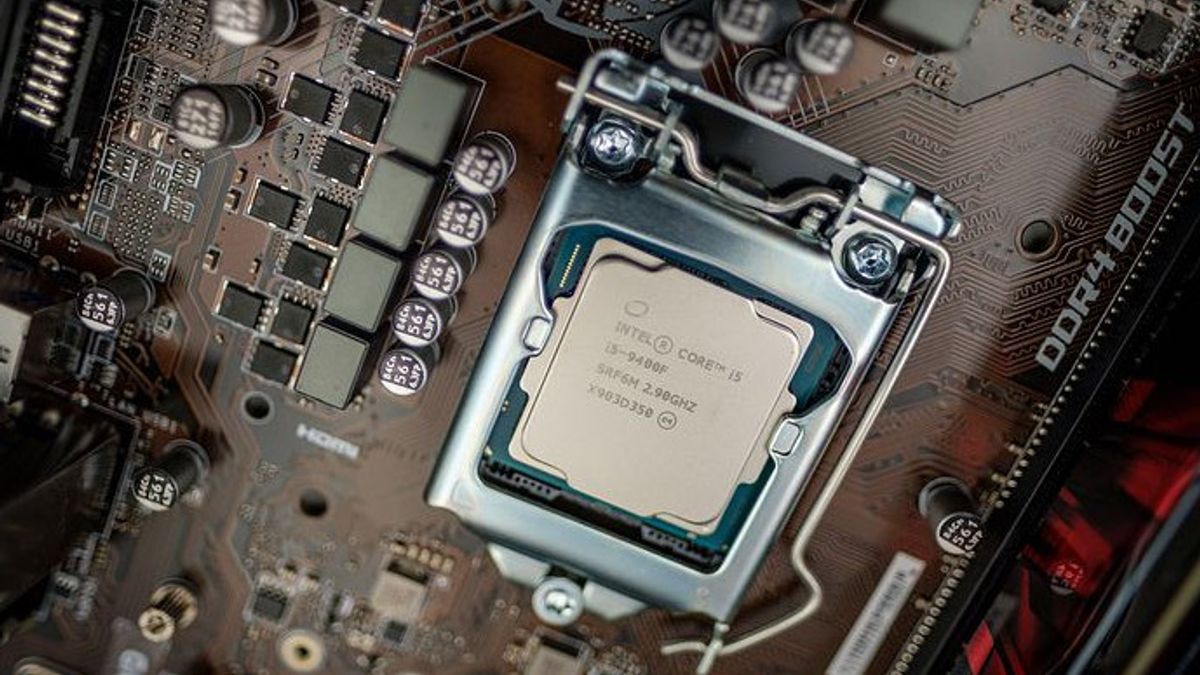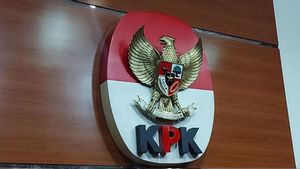JAKARTA - The news that had been claimed to be rumors turned out to be proven by Intel by choosing Ohio as its new chip manufacturing complex, costing at least 29 billion US dollars.
By building a chip factory in the US state, Intel seeks to increase production of computer chips in the US, as users are concerned about the problem of global chip shortages until now.
The new complex, close to Columbus, will initially have two factories, and directly employ 3,000 people, while creating 7,000 short-term construction jobs and tens of thousands of permanent positions at suppliers and partners.
Intel CEO last year, Patrick Gelsinger, quickly increased the company's investment in manufacturing to help reduce US dependence on foreign chipmakers, while lobbying Congress to pass incentives aimed at increasing domestic chip production.
Gelsinger hopes Intel will invest as much as $100 billion over a decade to build up to eight factories in the Ohio complex. He also wants to link the scope and speed of the expansion to federal grants, if Congress approves the spending package known as the CHIPS Act.
“We put our chips on the table. But this project will be bigger and faster with the CHIPS Act," said Gelsinger, as quoted by The Seattle Times, Monday, January 24.
US President Joe Biden, who has pushed for the legislation, argues that the CHIPS Act and US investments by Intel and other chipmakers are critical to the economy, national security, and economic competition. "China is doing everything it can to take over the global market," Biden said.
Intel's move has far-reaching geopolitical implications, as well as significance for the supply chain. The chips, which act as the brains of computers and many other devices, are mostly manufactured in Taiwan, which China claims for its territory.
During the pandemic, they have also been in short supply due to overwhelming demand and COVID-19-related disruptions to manufacturing and labor supply, raising questions about how to ensure a consistent chip pipeline.
The move is Intel's first step into a new state for manufacturing in more than 40 years. The company, based in Silicon Valley, has US plants in Oregon, New Mexico and Arizona.
However, Gelsinger also emphasized that new locations were needed to provide additional power, water, electric power and other resources for the complex chip manufacturing process.
When did Intel start building factories?
Construction of the first two plants is expected to begin this year with chip production set to begin in 2025. The more than 1,000-acre complex is expected to be the largest economic development project in Ohio's history.
What Will the Ohio Factory Make?
Intel hasn't offered details yet, but Gelsinger says the new factory will produce advanced chips at 2nm process nodes and below.
“What we have said is that the Ohio plant was designed for the 'Angstrom era,' with support for Intel's most advanced process technologies, including Intel 18A,” an Intel spokesperson told The Verge.
How Can This New Factory Overcome Chip Shortage?
The answer is, you can't. Because chip shortages are a giant supply chain problem that is really affecting the auto industry. Leading chipmakers agree it's slated to wind down in the second half of 2022, but these plants won't be operational until 2025 at the earliest.
Also, Intel doesn't manufacture chips for cars, at least not yet. Intel has nothing to do with car chip shortages. Intel did buy the autonomous driving chip company Mobileye in 2017, but the chips are manufactured by TSMC.
Not Just Intel Expanding Factory in the US
Intel is not the only company expanding US production. TSMC began construction last year on a $12 billion complex about 50 miles from Intel's site near Phoenix. Samsung Electronics selected Taylor, Texas, for the $17 billion plant, with construction set to begin in 2022.
Gelsinger's strategy was based in part on bets that Intel could rival TSMC and Samsung in chip manufacturing to order other companies. For most of its existence, Intel only built microprocessors and other chips that it designed and sold itself.
This strategy is risky, as Intel has lagged behind its Asian competitors in packing more circuitry into each silicon wedge, increasing the capabilities of devices such as smartphones and computers.
The English, Chinese, Japanese, Arabic, and French versions are automatically generated by the AI. So there may still be inaccuracies in translating, please always see Indonesian as our main language. (system supported by DigitalSiber.id)













